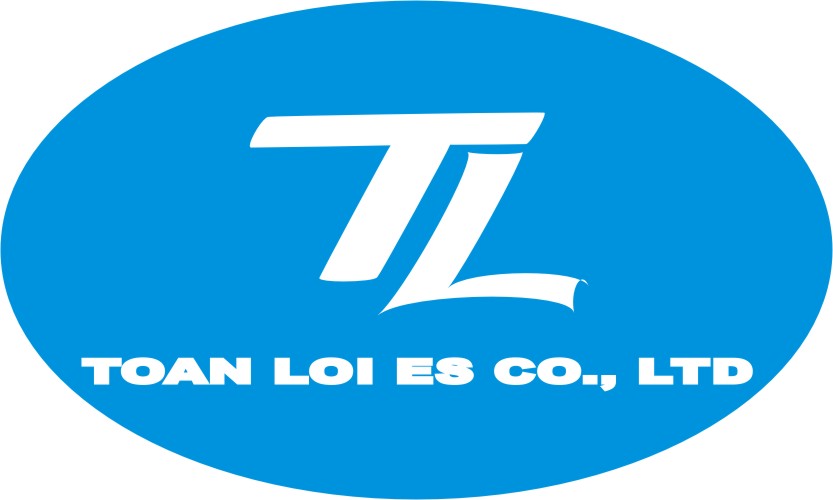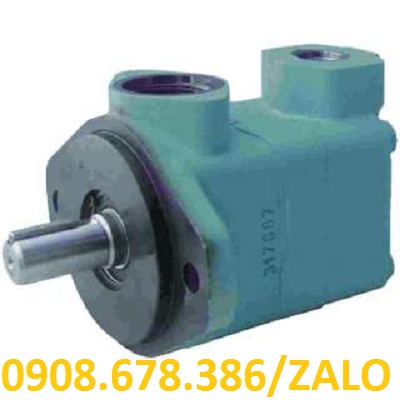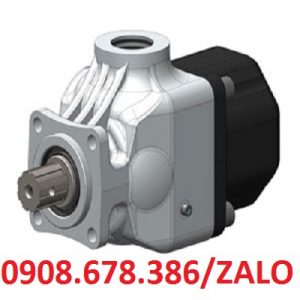Mô tả
DE20-13-R-10 DAIKIN
Hãng sản xuất: DAIKIN
Xuất xứ: NHẬT BẢN.
Bơm Cánh Gạt Sê-ri DE > DE20-13-R-10
Thông số kỹ thuật: Xem file pdf
PDF Bơm Cánh Gạt DAIKIN Sê-ri DE Tải xuống
1-PDF Bơm Cánh Gạt DAIKIN Sê-ri DE Tải xuống
Đặc trưng của sản phẩm
■ [vật liệu / hoàn thiện] Áp suất làm việc (MPa) là tốt nhất: áp suất làm việc 15,2 (MPa) là thấp nhất: 0,7 thể tích dịch chuyển (vuông]] / rev): của cm [[42,4 số lần cho phép của vòng quay (]] -1 of min [[tận dụng lợi thế): 600-1800
■ [đặt nội dung / phụ kiện] Số vòng quay cho phép: 600 – 1800 phút [] mà -1 của [tận dụng]
■ Nước xuất xứ:
■ Khối lượng: JP Nhật Bản
Các chi tiết thông số kỹ thuật
| Thương hiệu | Bơm cánh gạt áp suất nhỏ vừa phải DE20-13-R-10 |
|---|---|
| Số mô hình | DE2013R10 |
| Nhà sản xuất | DAIKIN |
| Dây sản phẩm | 3820745 |
Contact Detail Internet s
Before using the product, please check the
guide pages at the front of this catalog.
http://www.daikinpmc.com/en/
For latest information, PDF catalogs and operation manuals
Contact Detail Internet s
Before using the product, please check the
guide pages at the front of this catalog.
http://www.daikinpmc.com/en/
For latest information, PDF catalogs and operation manuals
DVANE PUMPS
Model No.
Hydraulic oil
DE10-1 to 5 DE10-6, 7 DE20-6 to 9 DE20-11 to 13
Operating pressure MPa Permissible
rotational speed
min−1
Operating pressure MPa Permissible
rotational speed
min−1
Operating pressure MPa Permissible
rotational speed
min−1
Operating pressure MPa Permissible
rotational speed
min Maximum Minimum Maximum Minimum Maximum Minimum Maximum Minimum −1
Wear-resistant hydraulic fluid 17.2 0.7
600 to 1800
13.8 to 15.2 0.7
600 to 1800
17.2 0.7
600 to 1800
15.2 to 17.2 0.7
Water-glycol hydraulic fluid 12.2 0.7 12.2 0.7 12.2 0.7 10.7 0.7 600 to 1800
Water/oil emulsion type hydraulic fluid 10.1 0.7 10.7 0.7 10.7 0.7 9.1 0.7
Phosphate ester hydraulic fluid 13.5 0.7 13.5 0.7 13.5 0.7 12.2 to 13.5 0.7 600 to 1500
Handling (DE, DEV)
Conditions of use for models compatible with flame-resistant hydraulic oil
(DE, DEV)
Model No.
Hydraulic oil
DEV20 DEV25 DEV35 DEV45
Operating pressure MPa Permissible
rotational speed
min−1
Operating pressure MPa Permissible
rotational speed
min−1
Operating pressure MPa Permissible
rotational speed
min−1
Operating pressure MPa Permissible
rotational speed
min Maximum Minimum Maximum Minimum Maximum Minimum Maximum Minimum −1
Wear-resistant hydraulic fluid 13.7 to 20.6 0.7 600 to 1800 17.2 0.7 600 to 1800 17.2 0.7 600 to 1800 17.2 0.7 600 to 1800
Water-glycol hydraulic fluid 13.7 to 15.9 0.7 600 to 1500 15.7 0.7 600 to 1500 15.7 0.7 600 to 1500 15.7 0.7 600 to 1500
Water/oil emulsion type hydraulic fluid 6.9 0.7 600 to 1200 6.9 0.7 600 to 1200 6.9 0.7 600 to 1200 6.9 0.7 600 to 1200
Phosphate ester hydraulic fluid 13.7 to 20.6 0.7 600 to 1800 17.2 0.7 600 to 1800 17.2 0.7 600 to 1800 17.2 0.7 600 to 1800
Hydraulic oil
A viscosity grade of ISO VG32 or ISO VG46 is
recommended.
Avoid using MIL-spec. High Water Base Fluid (HWBF), R&D
type hydraulic fluid, or spindle oil.
Maintain the fluid temperature inside the tank in the range 10
to 45°C when using a water-glycol hydraulic fluid or water/oil
emulsion type hydraulic fluid.
Recommended contamination level of hydraulic fluid
Operating pressure MPa Up to 13.7 13.7 to 20.6 Over 20.6
Recommended
contamination level
ISO class 20/18/15 19/17/14 18/16/13
NAS class 10 9 8
Use clean hydraulic fluid that satisfies the recommended
contamination level for the operating pressure.
Installation and alignment
Ensure that the eccentricity of the drive shaft and pump shaft
is no greater than 0.05 mm (TIR), and run the pump with no
force acting perpendicularly on the pump shaft.
Misalignment between the shaft centers will cause damage to
bearings and oil seals, generate noise and vibration, and lead
to pump accidents.
Avoid crosswise drive using a belt, chain or gears (it will
cause noise generation or damage to the bearings).
The pump shaft can be installed vertically.
Restrict the clearance between the spigot joint of the flange
and the hole to +0.01 to +0.05 mm in diameter.
Restrict the clearance between the key shaft and the coupling
hole to +0.003 to +0.025 mm in diameter.
Filters
Use a suction filter with 150 meshes per inch at the inlet side.
In the return line to the tank at the discharge side, use a line
filter with a filtration accuracy of 25 µm or better.
For delivery pressures of 14 MPa {140 kgf/cm2
} or greater,
use a line filter with a filtration accuracy of 10 µm or better.
Piping
Ensure the suction port is airtight. Aeration will cause
abnormal noise.
When using steel pipes for piping, take care not to force the
pump off center.
Forcing the pump off center with pipes may cause abnormal
noise.
At start
Fill inside the pump and the hydraulic system with the
hydraulic fluid before starting operation.
After checking that all hydraulic circuits and electrical
circuits are ready for operation, set the hydraulic circuit at the
load side in the no-load status before starting the pump.
When the pump is driven for the first time, turn the power
switch to the motor on and off a few times to let the air out of
the piping and then run it continuously at full speed.
At a fluid temperature of 7°C or lower, warm up the pump by
running it at a pressure of 2 MPa maximum and increase the
pressure when the fluid temperature has risen.
(Note that the pressure must be 0.7 MPa minimum.)
If there is a temperature difference of 20°C or greater
between the pump and fluid, warm up the pump to reduce the
temperature difference to within 20°C before running it.
Suction pressure
Keep the suction pressure within the permissible suction
pressure of the pump.
High suction pressures will generate cavitation and cause
damage to the parts, noise, and vibration, resulting in a
shorter pump service life.
The discharge pressure must always be larger than the suction
pressure.
Permissible suction pressure MPa
Hydraulic fluid (1) Hydraulic fluid (2)
DE series −0.017 to 0.068 −0.01 to 0.068
DEV series −0.017 to 0.14 −0.01 to 0.14
(1) Wear-resistant hydraulic fluid (2) Water-glycol hydraulic fluid,
water/oil emulsion type hydraulic fluid, phosphate ester hydraulic
fluid
Maximum pressure
The rated pressure refers to the maximum pressure at which
the product can be operated continuously
QUÝ KHÁCH HÀNG HÃY LIÊN HỆ VỚI CHÚNG TÔI ĐỂ ĐƯỢC TƯ VẤN TRỰC TIẾP.
HOTLINE: 0908678386/ZALO
EMAIL: TOANNDVIGEM@GMAIL.COM


